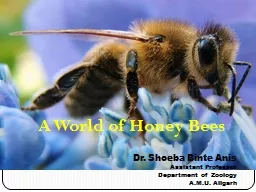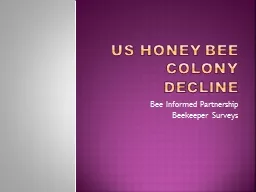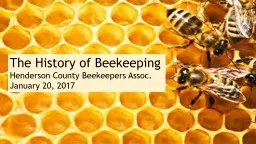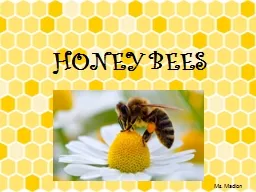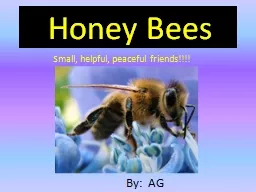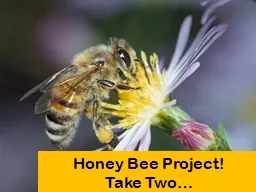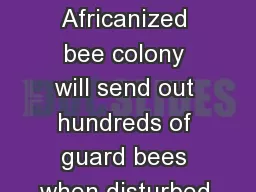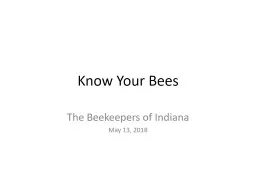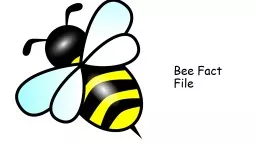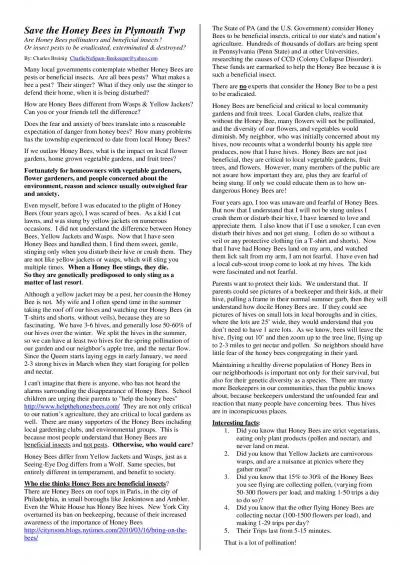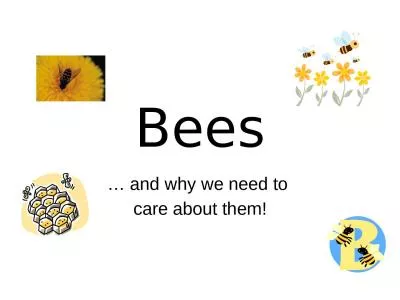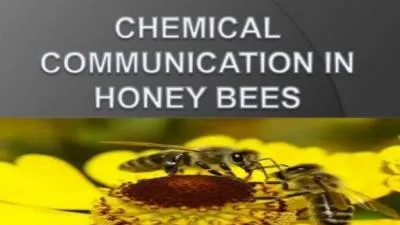PPT-A World of Honey Bees Dr. Shoeba
Author : linda | Published Date : 2022-06-08
Binte Anis Assistant Professor Department of Zoology AMU Aligarh WORLD WITHOUT BEES If the bee disappeared off the surface of the globe then man would only have
Presentation Embed Code
Download Presentation
Download Presentation The PPT/PDF document "A World of Honey Bees Dr. Shoeba" is the property of its rightful owner. Permission is granted to download and print the materials on this website for personal, non-commercial use only, and to display it on your personal computer provided you do not modify the materials and that you retain all copyright notices contained in the materials. By downloading content from our website, you accept the terms of this agreement.
A World of Honey Bees Dr. Shoeba: Transcript
Download Rules Of Document
"A World of Honey Bees Dr. Shoeba"The content belongs to its owner. You may download and print it for personal use, without modification, and keep all copyright notices. By downloading, you agree to these terms.
Related Documents

